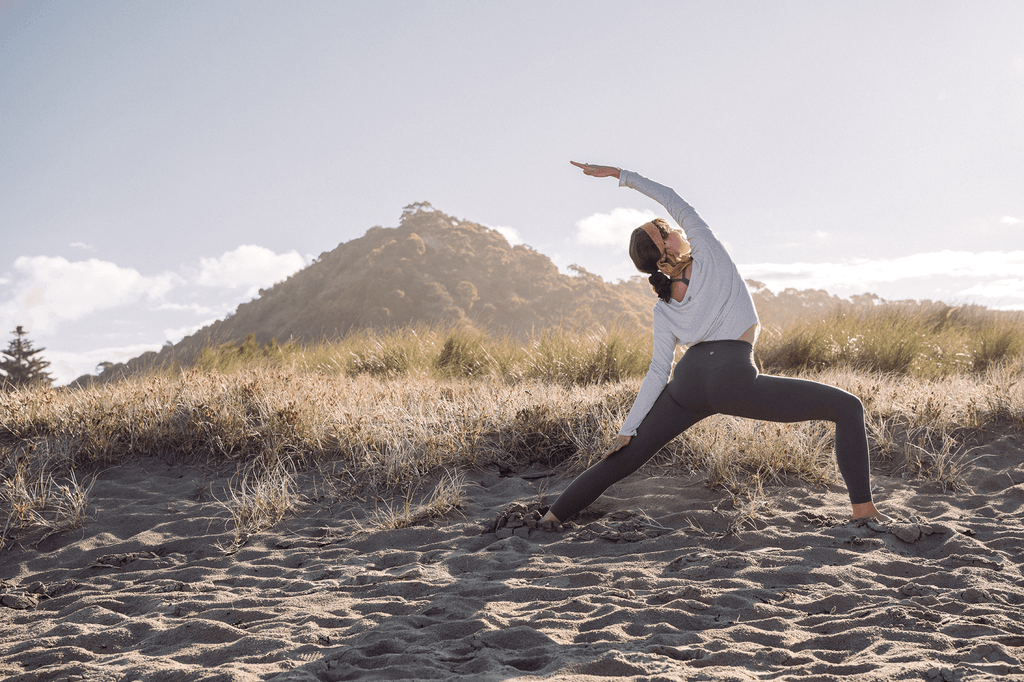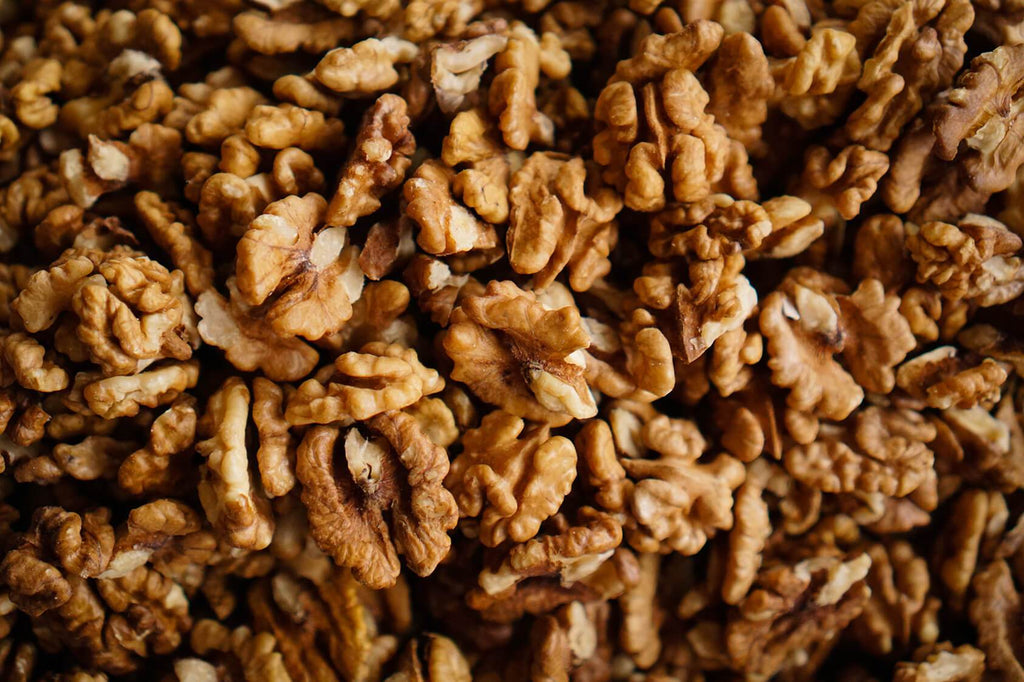
We now know a lot about how food affects our mood and anxiety, but what about how we move?
The benefits of regular movement extend far beyond the realms of physical fitness and looking good, it too, can nourish your mind and influence mood.
The mind-body connection started all the way back when we were just a few cells in the womb. The first system to develop in our bodies was the nervous system. It extends from the brain and spinal cord out into the body and plays a key role in communicating information about the body to the brain. It makes sense that there is also a link between being physically active and our mental wellbeing.
It makes sense that there is also a link between being physically active and our mental wellbeing.
Firstly, not all exercise is good for your anxiety and mood.
It is important to note, however, that when you are feeling anxious or low, not all exercise may serve you. For example, high-intensity training increases the physical demand on the body and can ramp up your nervous system. As we are wired for survival, when our bodies are thrust into any kind of stressful situation, it is perceived as a threat to your survival. When you’re already anxious then complete a hard workout, your poor wee amygdalas (the part of the brain on the lookout for threats) finds exactly what they are looking for. From here you are sent spiraling further into the fight or flight limb of your nervous system.
The fight or flight response mobilises a cascade of physiological events to give you the best chance of survival. Blood is shunted away from your digestive and reproductive systems, to your peripheral muscles. Your breathing and heart rates increase to carry oxygenated blood to your muscles, and blood sugar levels rise to fuel your cells. The above response prepares you to run away but can often leave you feeling wired and overwhelmed, exacerbating your feelings of anxiety.
So what kind of movement is most nurturing for me if I am feeling anxious?
Movement that calms the nervous system is most beneficial. We essentially want to calm that overworked, tired nervous system and activate the rest and digest limb of the nervous system. This is the opposite of the frenzied fight or flight response.
Movement that calms the nervous system is most beneficial when we’re feeling anxious.
Walking is a great way to get some movement in whilst nurturing your mental health. In Japan studies have demonstrated taking a walk in nature, in particular, promotes calming neuro-psychological effects through changes in the nervous system. It is thought being in nature helps to reduce the noise coming from the prefrontal lobe of the brain. Your prefrontal lobe is responsible for rumination - the cyclical replaying of negative thoughts often present in anxiety and depression. Walking in nature compared to urban settings offers an outward focus which gives that busy prefrontal lobe something else to focus on. Subsequent studies have shown reductions in stress, anger, anxiety, depression and sleeplessness amongst those who forest bathe.
Let's practise something together now
Step 1: Close your eyes.
Step 2: Feel the fresh air against your skin, the smells of nature around you. Hear the wildlife as you picture yourself walking through a lush green forest or along a sandy beach.
Step 3: Ask yourself, what kind of feelings are these senses evoking in me?
~
Step 4: Now close your eyes again.
Step 5: You are at the gym or in an urban setting, walking. What can you hear around you? What can you smell?
Step 6: Ask yourself, what kind of feelings are these senses evoking in me?
~
For most of you, you will find nature scenes evoke more feel good, calming responses. If you struggle to get outdoors, even imagining yourself in such settings or listening to nature sounds has positive physiological effects, such as lowering blood pressure and cortisol levels.
When working with clients at the BePure Clinic, we often find it is best to make some form of movement a non-negotiable in your daily routine. Not only is it an incredible support when you’re actively struggling, but it is also a preventative measure. Studies have shown being physically active can be protective against depression and anxiety, by bolstering positive chemical changes in the brain that promote greater mood. If you are having a tough day, it doesn’t have to be a lot and you don’t have to ‘go hard or go home’. Instead, try to shift your thinking to the concept of “good enough”. For example, going for a 10-minute walk is better than not doing an hour, this 10-minutes is 10 more than you would have done otherwise.
Going for a 10-minute walk is better than not doing an hour, this 10-minutes is 10 more than you would have done otherwise.
If walking doesn’t sound like you, not to worry! There are endless forms of restorative exercise. It is important to find a type of movement that works for you and that you enjoy. For some people, it might be yoga, pilates, tai chi, swimming, Zumba, dancing, bush tramping or rock climbing.
Simple ways to incorporate more movement into everyday life
- If you are really struggling start slow - don’t put unrealistic expectations on yourself. If walking to the letterbox is a big deal start here. Gradually increase over time.
- Walk the dog or the kids to school and gradually increase your speed over time.
- Choose to take the stairs and as you get fitter, take them faster.
- Park the car a little further from work and walk or get off the bus a few stops earlier.
- Use your lunch break to go for a swim, take a class, or go for a quick walk around the block.
- Go for walking meetings.
- Wash your car by hand!
- Get out in the garden.
- Our favourite – Play with your kids, like really play with your kids.
- Clean the house yourself (think of all that vacuuming!)
Movement such as that in tai chi, qigong and yoga which focus on deep relaxing breathing, mindful movements and meditation are proven to help support signs of anxiety. It is suggested the collective qualities of these activities, in particular, a focus on breathwork promotes activation of the rest and digest nervous system. By activating your diaphragm – one of the main muscles used in breathing – it stimulates your nerves that are part of the rest and digest nervous system.
If we think about it on a practical level, when we are breathing right into the base of our lungs you will have higher amounts of oxygen in the blood. Our forever observant brain interprets this as you being in a safe environment as you have time to breathe properly. It thinks, “I can let my guard down, I’ll shift into rest and digest mode.” When you use your upper ribs during short shallow breathing, the brain detects a reduction in oxygenation and the need for short breaths as you being in a stressful environment. To keep your system on its toes in preparation for any further threat, the brain shifts the nervous system into fight or flight mode.
Top Three Takeaways
- When feeling anxious opt for more low-intensity exercise that nurtures you
- Practicing exercises that focus on breath work will help activate the rest and digest nervous system
- Getting out into nature has positive benefits for mental health






